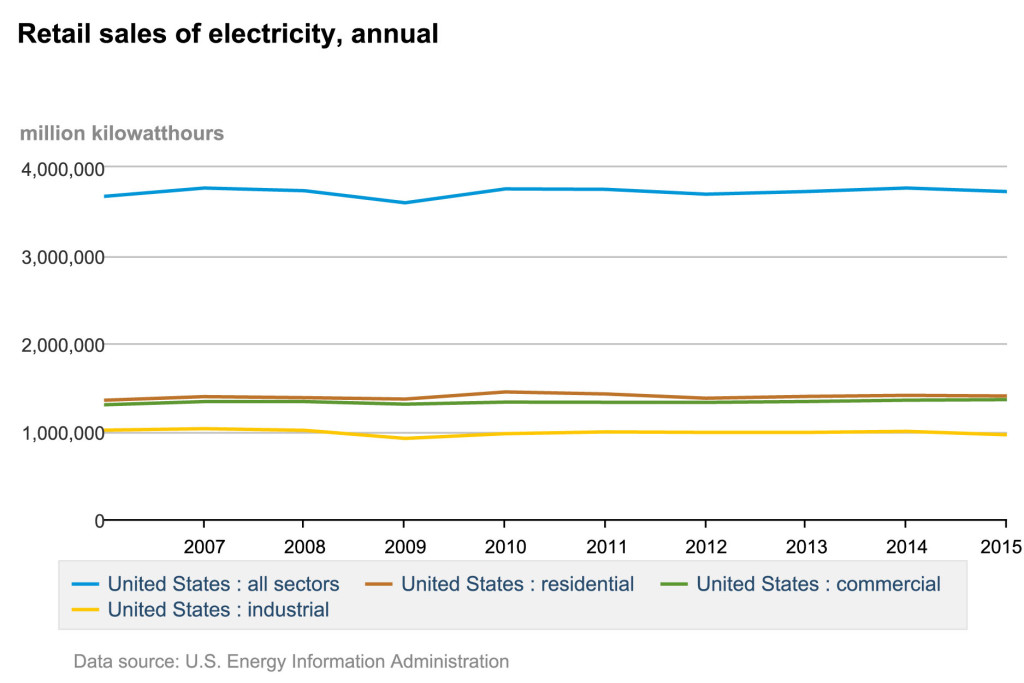Georgia Power is in the midst of a prudence review of its spending at the Vogtle 3 and 4 nuclear project—a review that undoubtedly will be lengthy, comprehensive, and mind-numbingly dull, turning on such issues as whether given decisions were “reasonable given the facts and circumstances which were known or reasonably should have been known at the time the decision was made.”1The real question though isn’t whether Georgia Power has spent customers’ money (and believe you me it is customers, not the utility, that are paying for this long-delayed, much over-budget project) prudently, but where the hell the adults where when the decision was made to go ahead with construction in the first place.
A close review of Georgia Power’s own documents (the filing can be found here) in the case shows two things: First, there were red flags aplenty when someone, anyone in the decisionmaking process would have been justified in standing up and saying, ‘Hey, wait a minute, what are we thinking?” Second, executives at Georgia Power apparently are color-blind and can’t see the color red, and continue to insist that everything—and I mean everything—they have done during the past decade to build the two new Vogtle units has been appropriate. For example, writing in the introduction to the company’s 885-page filing to the public service commission, Paul Bowers, Georgia Power’s chairman, president and CEO, offered up this classic: “Every dollar, and every day, that has been invested has been necessary to complete these new units safely and correctly. Our reports will establish that the new units could not have been built for less money or in less time than it has taken.” That may be, but that kind of logic can justify almost any expenditure. If the utility had paid attention to the red flags hanging everywhere it might have more accurately estimated the project’s cost and required construction time in the first place, which in turn might have led to a different decision by the commission.
The problems with the project go back to the very beginning. For starters, what were Georgia Power and Westinghouse executives thinking in April 2008 when they signed an engineering procurement and construction (EPC) contract for the two new nuclear units that was essentially a fixed price affair—even though detailed design drawings for the reactor’s construction were still years from completion, meaning, for the clear-eyed, that the contract price was little more than an estimate scribbled on the back of a cocktail napkin.
Continue reading What Is Prudent?
Red Flags Clearly Ignored
In Vogtle 3&4 Project
 Follow
Follow